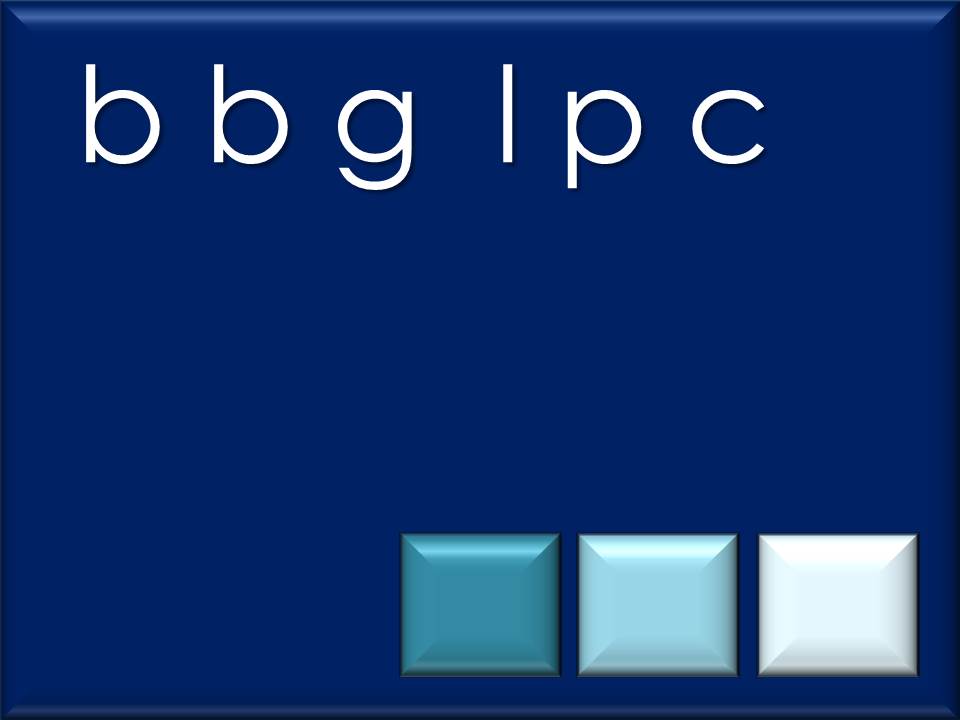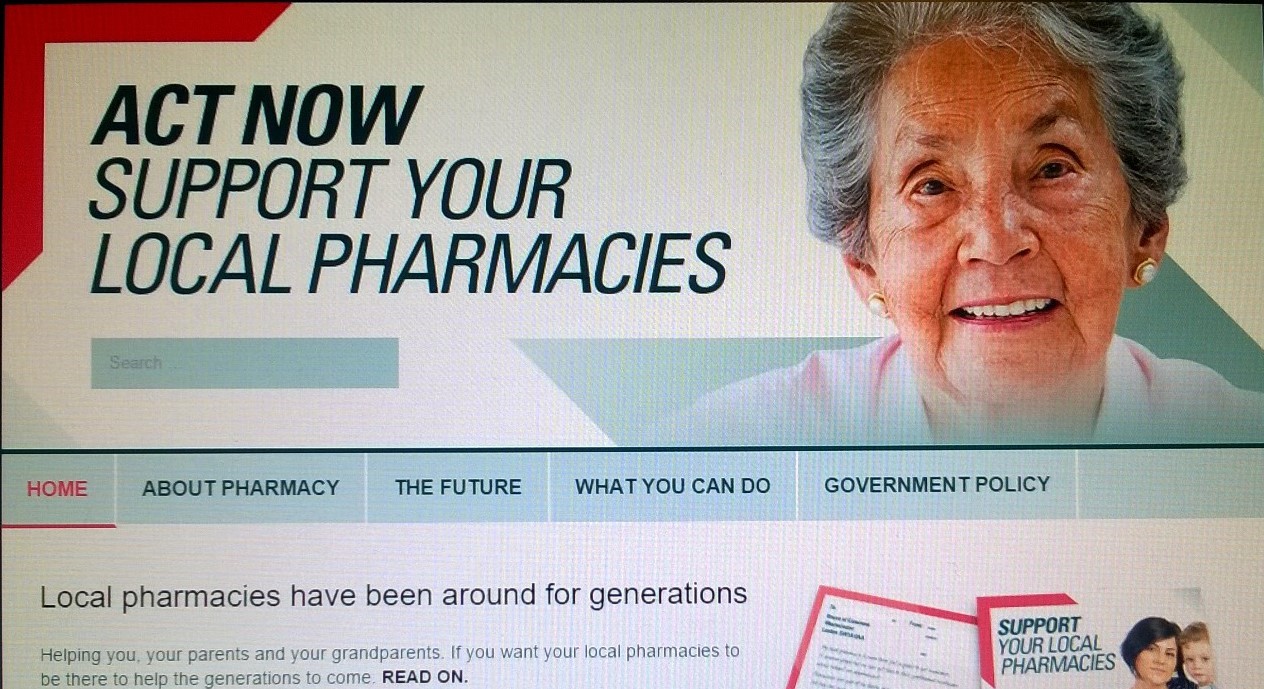Controlled Drugs (CD’s)
London CDAO Team (North West , North East & South Area Teams)
Controlled Drugs Accountable Officer – William Rial ,
Controlled Drugs Pharmacists – Sangeeta Gadhoke & Zarana Mehta
The best way to contact them is by email
england.londoncdaccountableoffice@nhs.net
____________________________________________________________________________________________________________________________________
LATEST UPDATE FROM NHS ENGLAND LONDON AREA TEAM (April 2015)
The NHS England London Region CDAO is adopting a novel approach to the management of CD destructions to develop a sustainable and timely system for everyone’s mutual benefit. The forms should be completed by a fully registered healthcare professional.
Once it is completed and received the CDAO will, in many circumstances,designate them an authorised person for the purposes of witnessing the destruction of controlled drugs. The authorisation will be for a very short time and limited to the premises to which the application relates.
This will allow the CDs to be denatured at a convenient time, promptly and without the additional burden of waiting for a third party Authorised Person to attend –which has led to delays and operational difficulties in the past.
Please ensure that you work through the pre-request checklist before submitting your application.You MUST NOT act as an Authorised Person until you have received an authority (electronically) from the CDAO. We will endeavour to process all request within 10 working days
However as the NHS England London Region CDAO moves to this new approach you may experience a slight delay.
Forms required to be completed:
10.2.15 NHS England (London) CD Destruction Request – Appendix 1
10.2.15 NHS England (London) CD Destruction Request – pre checklist
15.5.17_Notification of CD Destruction v0.2
22.05.17_Authorised Person Application v0.1
____________________________________________________________________________________________________________________________________
LATEST UPDATE FROM NHS ENGLAND LONDON AREA TEAM (20 March 2015)
Introducing www.CDReporting.co.uk
From 1 April 2015 the way in which NHS England London Region asks you to report incidents and/or concerns about the safe management and use of controlled drugs to the NHS England London Region Controlled Drugs Accountable Officer (“the CDAO”) will be changing.
NHS England London Region will be adopting an online reporting web-tool for the reporting of all incidents and/or concerns in primary care. This should make the reporting process easier for reporters and also ensure that all the relevant information is provided at the time of reporting; making the system more efficient for all concerned.
Registering with CDReporting.co.uk
To use the online reporting tool you are required to visit www.CDReporting.co.uk and register as a user. Registration is an easy process and we would encourage you to visit the website and register your details ahead of 1 April 2015. From 1 April 2015 the CDAO expects that all incidents and concerns in primary care are reported through the website to ensure consistency in the information provided. From 1 April 2015 the CDAO expects that all reports about the safe use and management of controlled drugs will be made using this facility.
Urgent Alerts
Where an urgent concern exists that may require prompt sharing through an ‘Alert’ then www.CDReporting.co.uk should not be used as the sole method of reporting. For incidents such as the presentation of a suspected fraudulent attempt to obtain controlled drugs, where you suspect that there may be other subsequent attempts made, you should complete the attached NHS England (London) Alert template and email it to england.lon-alerts@nhs.net. This will ensure that the information can be shared in a timely manner.
If you have any queries regarding the introduction of this reporting system please email england.londoncdaccountableoffice@nhs.net using “CDReporting.co.uk” in the subject line. We will contact you to discuss them.
If BBG LPC contractors would like any further information please contact Raj Matharu CEO at BBG LPC bbglpc@gmail.com
____________________________________________________________________________________________________________________________________
Message from NHS England London Area Team:
Update from the London Region Controlled Drugs Accountable Officer for Pharmacists, Prescribers and CDAOs of Designated Bodies February 2015
Welcome to this second update from the NHS England – London Region CDAO. This is the first to consolidate information for all our partners across the health care system. We trust that you found the first update informative and helpful – thank you to those who have made comments; the feedback we have received will inform the evolution of the update. We introduce the Metropolitan Police Service Controlled Drugs Liaison Officers, who some of you will know in any case, and highlight some of the matters that are causing them concern as they undertake inspections in healthcare premises. Additionally we highlight the challenges that are emerging from prescribing and dispensing in the managed substance misuse service. In particular we would like to highlight the potential for simple omissions to adversely impact on patients and fellow professionals. The next few months will see some exciting developments in how incidents and concerns are reported to the CDAO function and how we manage requests for the destruction of obsolete schedule 2 controlled drugs in primary care. Thank you for continuing to support us in our work. Please do contact us if we may assist in advising on any aspect of the safe management and use of controlled drugs.
Are you reporting concerns and incidents involving controlled drugs?
During Q2 & Q3 , 237concerns / incidents were reported to the NHS England – London Region CDAO. 140 of these involved community pharmacy, 13 involved GPs, 60 involved NHS providers and 11 involved private providers/ prescribers. We have had no incidents reported involving dentists. We would like to share some of the common themes / lessons learnt with you.
Note in the next section:
Providers include-
Designated bodies (with a CDAO), Substance Misuse Services, Palliative Care Services
Prescribers include- GPs, nurse prescribers, pharmacist prescribers, private prescribers, dental prescribers
Pharmacists include- Community pharmacists, hospital pharmacists, hospice/ care home pharmacists
Substance Misuse Services & Instalment Dispensing There have been an increase in errors in the following areas since the last update
Provider
Issues with prescriptions: • The pharmacist is obliged to communicate directly with the prescriber when there are issues with the prescription. In cases when this has not been possible, it has resulted in delays in the patient receiving their medication, or the pharmacist being pressurised in to making a supply in the best interest of the patient, even when this is unlawful. This is of particular issue in the evenings and at weekends. • Providers should consider putting contingency plans in place to prevent this happening outside of the service’s opening times. • Does the pharmacist have the contact details of the patient’s current GP, should they need to contact someone about the care of the patient when the service is closed? Concentrated methadone 10mg/ml • Ensure that the strength is clearly highlighted to distinguish it from 1mg/ml. • Communicate with the dispensing pharmacist especially if the patient is new or when there is a dose change • Patient should be reviewed regularly to ensure that it is still appropriate
Prescriber
Issues with prescriptions: • Ensure start & finish dates are checked, especially when prescribing for closed days such as Bank Holidays. Even if a prescription is provided retrospectively to cover the supply, an illegal supply would have been made by the pharmacist. • Prescribers should consider what contingency plans are in place to assist the pharmacist in being able to contact them when issues arise that can only be resolved with the prescriber, outside of normal clinic opening times. Concentrated methadone 10mg/ml Instalment dispensing issues : • Supply after prescription has finished, errors in dates especially around bank holidays. There is still a high number of this type of incident reported. The trend decreased in Q1 but has been increasing in Q2&Q3 2014-15. •
Pharmacist
There has been an increase in patients receiving higher/lower doses in error usually as a result of cross-overs. Ensure SOPs are up to date and any relief pharmacists and locums are familiar with the procedures . • What procedures do you have in place to check the identity of patients, especially at busy times? Concentrated methadone 10mg/ml • We have seen a rise in errors involving methadone 10mg/ml in Q2 & Q3 2014-15. • What procedures do you have in place to ensure the safe dispensing and administration? • If diluents are used do your procedures cover how they should be used? • Is it appropriate for the patient to be on methadone 10mg/ml? • Have you discussed this with the prescriber? Provider Prescriber Pharmacist Substance Misuse Services & Instalment Dispensing There have been an increase in errors in the following areas since the last update • Ensure that the strength is clearly highlighted to distinguish it from 1mg/ml. • Communicate with the dispensing pharmacist especially if the patient is new or when there is a dose change • Patient should be reviewed regularly to ensure that it is still appropriate
Specific Themes For Individual Professions
Provider
Modified release preparations
Drug charts, discharge summaries and letters to GP practices should clearly indicate if a modified release preparation of an oral preparation e.g. morphine or oxycodone is required. Ambiguity can result in the incorrect formulation being administered to a patient or incorrect transcription by the GP practice/ prescriber
Admission of substance misuse service users:
If a patient is admitted to hospital, internal procedures relating to their admission should be followed to minimise the potential for overdose or double prescribing. The substance misuse service, GP or pharmacy should be contacted to confirm: (i) The substance user’s dose (ii) If they have already received a dose that day (iii) If they are in receipt of medication/ doses for subsequent days
Prescriber
Modified release preparations •
When prescribing an oral preparation which is available as both a standard release and modified release formulation e.g. morphine sulphate, oxycodone, please state clearly if a modified release formulation is required-and that the dosage prescribed is appropriate for the intended formulation. • Do not assume that if you write an “od” or “bd” dose, without stating the formulation, the pharmacist will dispense a modified release preparation. Ambiguity can result in dispensing errors and potential over/ under dosage.
Drop down pick-lists •
Please take care when selecting items you wish to prescribe from drop down lists on prescribing systems. We have received a number of reports that the incorrect strength of a preparation has been prescribed inadvertently, e.g. 100mg MST instead of 10mg MST
Pharmacist
Modified release preparations
• When dispensing a prescription for an oral preparation with a dose of od or bd, which is available as both a standard release and modified release preparation e.g. morphine sulphate or oxycodone, check with the prescriber whether a modified release preparation was intended. Modified release preparations
Methadone sugar / sugar free interchange resulting in discrepancies
• Different organisations have differing thresholds for reporting incidents; there is a disproportionate increase in incidents such as methadone sugar free /sugar inter-change reported from certain organisations that have implemented good practice and report actively. The level however remains higher than expected, resulting in discrepancies that require investigation. • Care needs to be taken when reading prescriptions and not dispensing from the PMR. Both formulations need to be segregated in the CD cabinet. Some pharmacies highlight bottles to aid in the dispensing and checking processes.
TOP TIPS:
Suspected/known theft or abuse by a member of staff : In such cases, it is advisable to contact the appropriate CDLO at the earliest opportunity in an investigation, in order to seek appropriate advice. Requisitions : It is lawful for a supply to be made against a non-standard requisition form, provided all the legal requirements are included. However, it is strongly recommended that the standard form is used routinely wherever possible. FP10PCDF forms can be obtained by emailing the CDAO office. Running balances : The aim of a running balance is to ensure that irregularities or discrepancies are identified as quickly as possible. Whilst not currently mandatory, if running balances are kept: the running balance of all CDs remaining should be calculated and recorded after each transaction and balances should be checked with the physical amount of stock at regular intervals. This should normally be done each week, or more often depending on the volume of controlled drugs dispensed. If discrepancies arise, more frequent reconciliation should be undertaken until the problem is resolved. The pharmacist is responsible for ensuring that appropriate action is taken if discrepancies arise. When maintaining a running balance, the balance should not be amended until the CD has been supplied to the patient. This includes the balance portion of any owings. In addition, any out-of-date CD stock should not be entered out of the running balance or CD Register until it has been destroyed in the presence of an authorised witness. Unresolved discrepancies should be reported to the CDAO. Good practice examples : Pharmacy • Community pharmacy multiple to update their national SOPs to reflect lessons learnt from dispensing errors involving concentrated methadone. • Community pharmacy identifying and reporting forgeries quickly to enable alerts to go out resulting in arrests Hospital Trusts Transdermal patches: • Circulation of a general bulletin on administration of patches • Identification of training needs for nurses around administration of patches Syringe drivers: • New prescription charts launched for children under and over 50Kg to make the prescription process easier. To be audited after 6 months in use CDAO Function: The CDAO function in London has led on the management of several concerns that cross Area Team / Regional borders, including the aggregation of information and facilitating a consistent approach across NHS England as an organisation.



